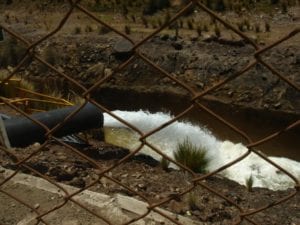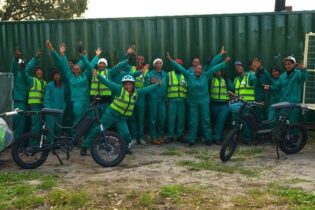In order to save water, the City of Cape Town is reusing over 6% of the effluent that passes through its treatment works, for irrigation and industrial purposes.
The amount of effluent the City has been able to reuse has exceeded expectations for the current financial year so far. The use of treated effluent as a means to save water is viewed by the City as a key component of its strategy to ensure that Cape Town, a water-scarce region, has a secure water supply for the foreseeable future. The City had aimed to treat and reuse approximately 4.75% of all effluent, but was in fact able to recycle approximately 6.31%. Contributing to this performance was higher than usual demand mainly at wastewater treatment works, with demand from the Bellville, Athlone, and Potsdam works contributing most significantly to these figures.Treated effluent, or recycled water, is wastewater that has been treated at a wastewater treatment (or sewerage) works and then piped via a separate network of pipes to various consumers.
“On average, approximately 3 300 m³ of this water is supplied every day. This water is much cheaper than potable water and the City of Cape Town actively promotes its use in order to conserve Cape Town’s limited potable water supply. “There are more than 160 treated effluent consumers in the city including schools, sports clubs, golf courses, farms, factories and commercial developments with large water features. The City also uses this water for irrigating parks and the flower beds along Cape Town’s Integrated Rapid Transport routes,” said the City’s Mayoral Committee Member for Utility Services, Councillor Ernest Sonnenberg. Currently 13 of the City’s wastewater treatment works are equipped to produce treated effluent suitable for reuse, and a 230 km treated effluent pipe network conveys this water to customers. Given the success of this service, the City is looking to expand the treated effluent reticulation network to other areas of the city, with the Athlone, Bellville and Macassar areas being most likely to benefit as there is a larger demand in these areas as well as, in most cases, fewer infrastructure requirements.







